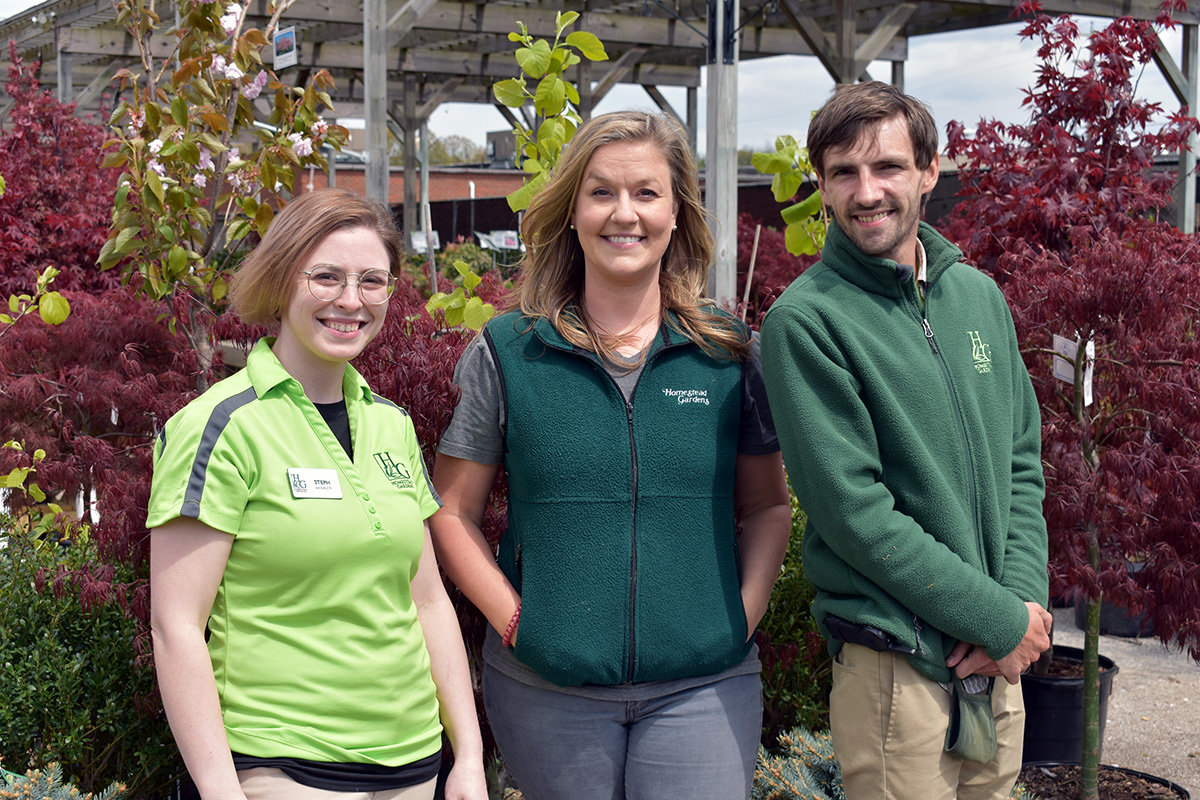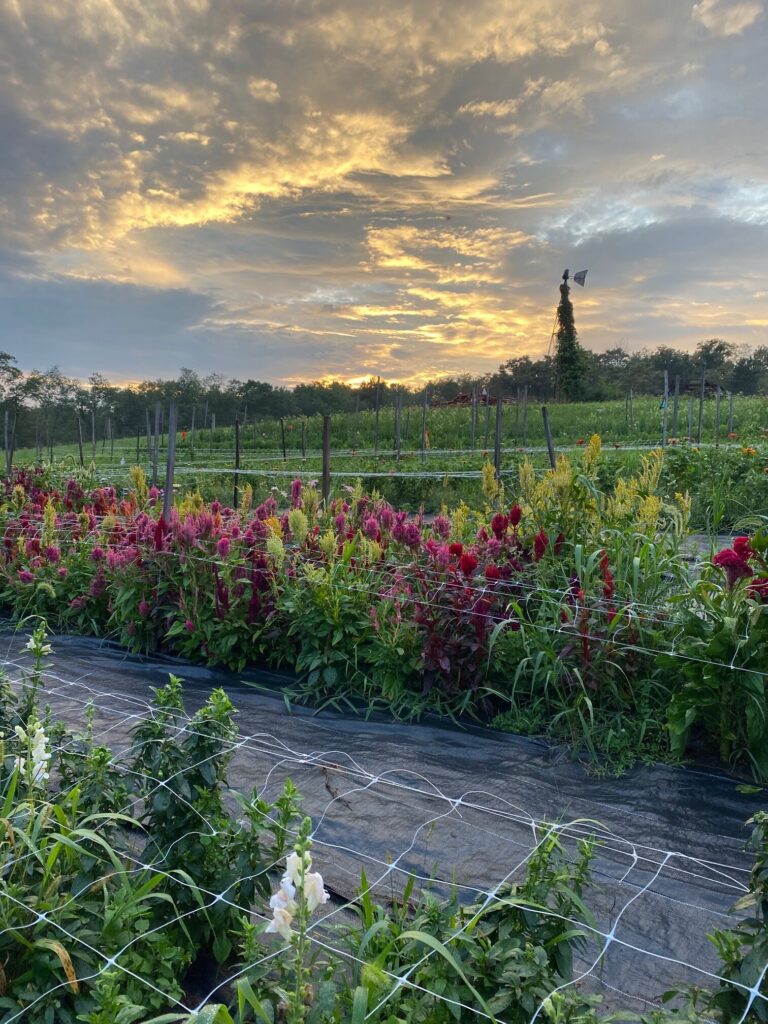How to Go Green with Homestead Gardening
How to Go Green with Homestead Gardening
Blog Article
Discover Necessary Tips for Effective Horticulture Techniques and Practices
By focusing on vital elements such as dirt health and wellness, effective sprinkling methods, and suitable plant selection, garden enthusiasts can create a thriving environment that supports vivid development. Many fanatics neglect critical information that can make or break their horticulture success-- exploring these forgot elements might expose the trick to cultivating a prospering garden.
Recognizing Soil Wellness
Soil wellness is an essential facet of successful horticulture, as it directly influences plant development, nutrient accessibility, and environment balance. Healthy and balanced dirt is characterized by an abundant biodiversity of microorganisms, raw material, and a balanced pH degree, which with each other create an atmosphere for plant advancement.
To recognize soil health and wellness, one have to consider its physical, chemical, and biological residential properties. The texture and structure of dirt influence its ability to keep dampness and nutrients, while the chemical make-up identifies the accessibility of crucial elements like phosphorus, potassium, and nitrogen. Normal dirt testing is essential to examine these variables, allowing gardeners to make enlightened decisions pertaining to fertilizers and modifications.
Additionally, advertising organic task within the soil is vital for preserving its health. Practices such as composting, crop rotation, and using cover crops can enhance microbial diversity, improve nutrient cycling, and decrease soil erosion. By prioritizing soil health, garden enthusiasts not just maximize plant development yet additionally contribute to a lasting ecological community, ensuring that their horticulture techniques are durable and ecologically responsible over time.
Effective Sprinkling Methods
Making sure that plants get the suitable amount of water is essential for their wellness and growth, particularly when coupled with a strong foundation of soil wellness (Homestead Gardening). Reliable watering techniques can dramatically affect plant vitality, reducing water wastefulness and promoting optimal growth
One basic technique is deep watering, which encourages origins to grow deeper right into the soil, boosting drought resistance. This strategy usually involves watering much less frequently yet in larger amounts, permitting wetness to pass through the root area thoroughly. Timing is likewise crucial; early morning is the excellent time to water, as it reduces dissipation and allows foliage to completely dry throughout the day, minimizing condition risks.
Furthermore, using mulch can assist preserve soil wetness and manage temperature level, further helping reliable watering practices. Using a drip watering system can additionally offer targeted wetness straight to the origins, ensuring that water reaches where it's most required while preserving sources.
Keeping track of rains and dirt dampness degrees can guide adjustments in your watering routine, making sure plants obtain regular hydration without over-saturation. By adopting these effective watering methods, gardeners can promote a successful setting for their plants to prosper.
Plant Option and Positioning
How can the right plant selection and tactical placement transform a garden into a flourishing ecosystem? The synergy between plant varieties and their positioning is critical for creating a vibrant yard. When picking plants, take into consideration variables such as environment, dirt type, and sunlight exposure. Indigenous varieties are usually the best option as they are adapted to local conditions and call for much less maintenance.
Strategic positioning includes organizing plants according to their growth behaviors and demands. Taller plants ought to be placed at the back of boundaries to stop shading much shorter plants. Furthermore, grouping plants with comparable water and light demands can enhance their development and decrease competitors for resources.
Incorporating a variety of plants not only includes visual appeal yet also advertises biodiversity, drawing in advantageous pests and pollinators. Think about the seasonal modifications in your garden; pick a mix of annuals, perennials, and evergreens to ensure year-round passion.
Lastly, keep in mind to analyze the mature dimension of plants before growing to stay clear of overcrowding and make certain sufficient air blood circulation. Thoughtful plant selection and critical placement produce an unified environment, enabling your yard to flourish while lessening challenges.
Insect and Condition Management
Efficient bug and disease administration is crucial for maintaining a healthy garden ecological community - view it Homestead Gardening. A proactive method, incorporating social, organic, and chemical techniques, can substantially lower the impact of pests and illness on your plants

Organic controls, such as presenting helpful pests like ladybugs or aggressive mites, can keep pest populations in check without harming the environment. Additionally, maintaining plant health through proper watering, fertilizing, and pruning will reinforce their durability against diseases.
When treatment is essential, decide for targeted chemical therapies, making sure to comply with application guidelines to minimize injury to non-target microorganisms. Constantly prioritize sustainable practices, as they advertise long-lasting garden health and eco-friendly equilibrium. By integrating these techniques, garden enthusiasts can properly take care of conditions and insects, ensuring growing plants and an effective garden.

Seasonal Upkeep Practices
In springtime, focus on soil prep work by testing pH degrees and adding essential changes. Routinely evaluate arising plants for bugs and diseases.
As summertime approaches, make sure adequate irrigation while monitoring for indications of stress or illness. Trim back overgrown plants to encourage air blood circulation and reduce humidity around a fantastic read vegetation. This practice not only improves plant wellness however likewise advertises flowering and fruiting.
With the arrival of autumn, it's time to plan for winter. Tidy up dropped leaves and particles to avoid bug problems, and consider planting cover plants to improve dirt health. This season is likewise excellent for dividing perennials and planting spring-flowering bulbs.
Final Thought
Successful gardening hinges on the combination of sound practices in dirt wellness, watering, plant option, bug administration, and seasonal maintenance. By focusing on dirt testing and microbial diversity, using reliable sprinkling techniques, and selecting ideal plants, garden enthusiasts can produce thriving ecosystems.
By focusing on necessary aspects such as dirt health and wellness, reliable watering techniques, and proper plant selection, gardeners can develop a growing environment that supports vibrant development. By prioritizing dirt health and wellness, garden enthusiasts not only optimize plant development but additionally contribute to a lasting why not check here community, ensuring that their horticulture practices are eco responsible and resistant over time.
Taller plants must be positioned at the back of boundaries to prevent shielding much shorter plants. Clean up dropped leaves and debris to stop pest invasions, and take into consideration planting cover plants to enrich soil wellness.Successful gardening hinges on the assimilation of sound methods in dirt health, watering, plant choice, parasite management, and seasonal upkeep.
Report this page